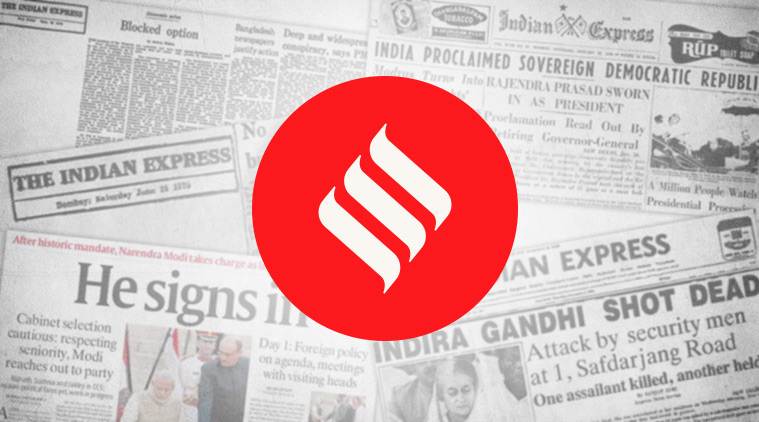
Mass shootings have in the past been intended to draw attention to a “cause”, but the attack on two mosques in Christchurch, New Zealand, seemed differently focused. It was done to create a “point of view” video that, in the terrible aftermath, gamers would instantly recognise, with a weapon held angled at the bottom of a field of view that is striding jerkily forward. This is what one sees when one plays a “first person shooter”, a popular category of violent video games. It was live-streamed on a Facebook page, and a post by the first perpetrator to be identified, Brenton Tarrant, on the notorious American message board 8chan, connected the video to a 73-page “manifesto”, setting out his motives and politics. He explicitly discounted gaming as his inspiration, but he used every trick in the social media marketing box to push out his message. And indeed, the video and “manifesto” moved faster than the internet’s gatekeepers possibly could, and has been shared on an unprecedented scale. In the past, after mass killings, content was generally limited to officers of the law and investigators, while citizens received a filtered account through the media. But this was murder designed to spread virally, in all its raw horror, and its social and political impact worldwide remains to be gauged.
New Zealand Prime Minister Jacinda Ardern has lost no time in distancing New Zealanders from the shooter, and powerfully indicated her nation’s support for immigrants: “They have chosen to make this their home. They are us. The person who perpetrated this is not us.” Tarrant was born in neighbouring Australia, which in 2009 witnessed a wave of attacks and robberies targeting Indian students, which were described as racially motivated. The Australian Federation of Islamic Councils has labelled the Christchurch shootings a terrorist attack, and Australia’s first Muslim woman senator, the Lahore-born Mehreen Faruqi, has warned against the enabling environment that far-right politicians like Pauline Hanson and Fraser Anning contribute to. The latter is currently under fire for linking Muslims and immigration with violence. Their rhetoric is all too familiar, promoting Islamophobia, nebulous anxieties about the other, and the bogey of a majority threatened by a minority.
Tarrant’s “manifesto”, too brutishly elementary to deserve that classification, is nevertheless a carefully crafted document which references well-known white supremacist themes, slogans and conspiracy theories. The rifle magazines and other equipment visible in the video were inscribed with the names of victims of terrorist crimes in the West. These are meant to be attention-grabbers, recalling the SEO stratagems used to seduce search engines into giving better rankings. In the case of this murder made for social media, they will keep the horrific story in circulation and ensure that it travels widely, seeking new audiences.